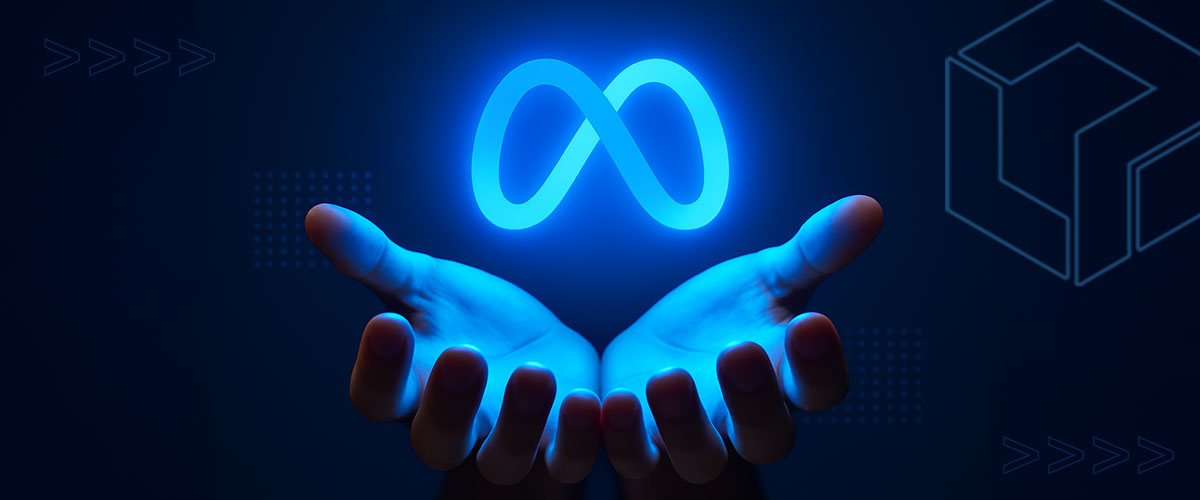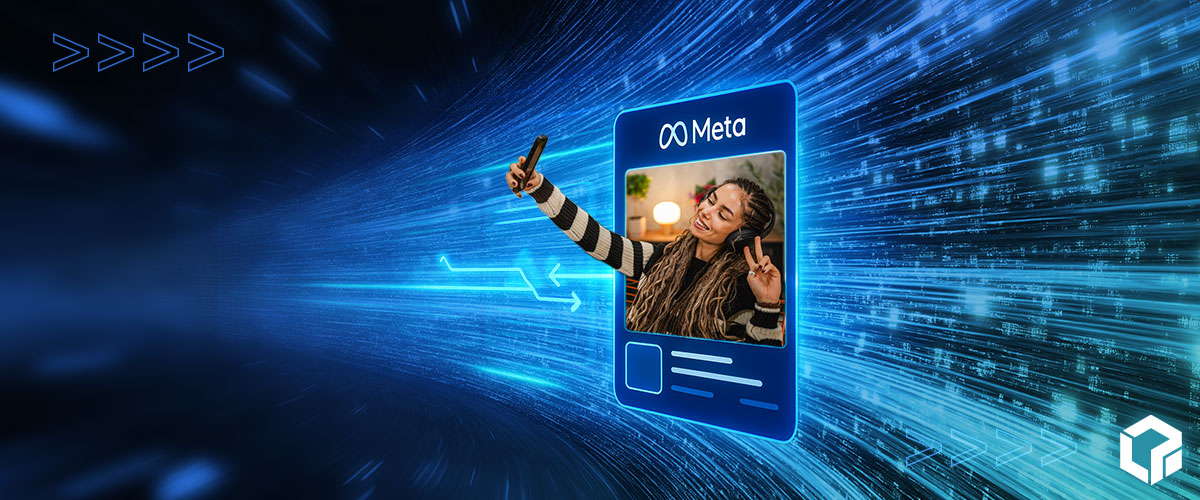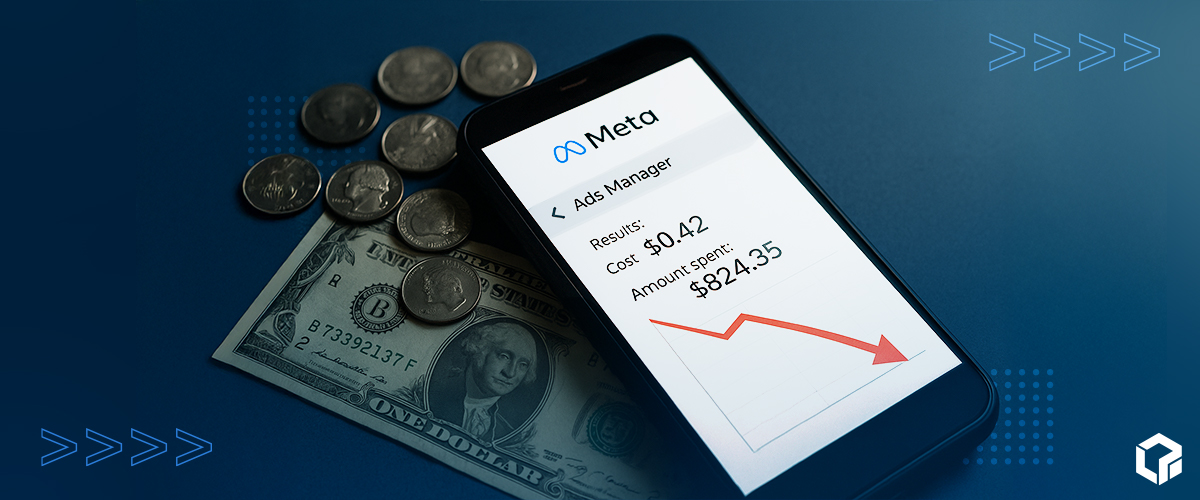Part 1: Maximum Conversions vs. Maximum Value
After auditing hundreds of Meta ad accounts, I can tell you this: most advertisers make the most important decision about their campaigns without fully understanding the trade-offs.
The choice between optimizing for maximum conversions or maximum conversion value isn’t just a toggle in Ads Manager; it’s the core input that determines whether your campaign prints money or burns it. Too often, I see two e-commerce clients selling nearly identical products. Same budget. Same creative direction. One has a record-breaking month. The other is ready to pause everything.
The difference? Their optimization setting in Meta Ads Manager.
Let’s pull back the curtain and break down exactly what’s happening under the hood. If you don’t understand how Meta’s algorithm works, you’re leaving performance up to luck and ROI on the table.
What “Maximum Conversions” Really Means
When you choose “Maximum number of conversions,” you’re essentially telling Meta’s algorithm: Just get me conversions, any conversions! The algorithm responds with a volume-first mindset.
It’s looking for people most likely to complete your conversion event. Not people who will spend the most, just those most likely to take the action.
But here’s the catch: Meta doesn’t care how much those conversions are worth.
I once audited a brand that was racking up conversions left and right. On paper, the campaign looked solid. But revenue had cratered.
Why? The algorithm had locked in on the lowest-value buyers. It was winning in volume but bleeding profit margin.
This approach is useful when:
You’re just starting out and need data for the algorithm to learn.
Your inventory has similar price points across products.
You’re under pressure to prove performance quickly.
You’re building audience data for future retargeting or lookalikes.
What “Maximum Value” Optimization Actually Does
This strategy flips the logic. Instead of hunting for more conversions, Maximum Value focuses on conversions that drive more revenue. Meta uses Highest Value bidding, making real-time predictions about who’s most likely to buy…and spend more.
Think of it like this: instead of casting a wide net, you’re fishing with a spear, targeting customers who will move your revenue needle.
The algorithm looks at:
Past purchase behavior from similar profiles
Engagement signals that suggest buying power
Device, timing, and platform usage tied to higher spending
Cross-platform behavior that hints at stronger intent
Technical Reality Nobody Tells You
Most people try to jump straight into value optimization and fail. Unlike conversion volume, value optimization requires proper infrastructure.
We spend entire onboarding calls walking clients through this. If your tracking is even slightly off, Meta can’t predict value accurately, which ends up costing you more.
A correctly set up Pixel with value parameters
Conversions API implemented (especially post-iOS14)
Accurate revenue tracking tied to purchase behavior
Timelines: What to Expect
Clients always ask: “How soon will we see results?”
One of my clients doubled their ROAS in under six weeks after making the switch with proper setup.
Maximum Conversions typically deliver faster results because the success signals are simpler.
Maximum Value takes longer. The algorithm is solving a harder puzzle, but when it clicks, you’ll see better margins, higher average order value (AOV), and more scalable ROAS.
This Choice Shapes Everything Else
It’s also a question of growth stage. Volume builds your base. Value builds your profit. This one setting influences your entire Meta strategy downstream.
Targeting: broad vs. focused
Spending: aggressive scaling vs. strategic allocation
Creative: volume-driven CTAs vs. value-rich storytelling
Success metrics: conversion count vs. revenue impact
Part 2: Why Your Optimization Setting Might Be Killing Your ROAS
Every underperforming campaign has a root cause. In my experience of auditing hundreds of Meta ad accounts, one culprit appears repeatedly: you’re telling the algorithm to optimize for the wrong thing.
At first, the symptoms are subtle. The conversions look solid, ROAS is okay, and your creative seems to be on point. But behind the scenes, Meta is learning the wrong behavior and scaling the wrong signals. Once locked in, it gets expensive to dig yourself out
Let’s walk through exactly how this happens and how to spot the warning signs before your ROAS flatlines.
Symptom #1: Conversions Are Climbing, but Revenue is Dropping
At a glance, your dashboard looks great. CPA is down, conversions are up, and you’re hitting KPIs. Then you check Shopify or your CRM and see revenue moving in the wrong direction.
This usually means you’re running campaigns on Maximum Conversions, and Meta is sending you cheap wins—people who are easy to convert but don’t spend much.
When you optimize for conversions, you’re not saying: “Find me the most valuable customers.”
You’re saying: “Get me as many conversions as possible.”
Meta delivers exactly that, even if low-value buyers are easiest to convert. I’ve seen brands with strong product-market fit tank their revenue this way. Their conversion rates looked like home runs until they realized the algorithm was doing exactly what it was told.
What to do instead:
Segment by product value and build campaigns around higher-AOV products.
Suppress low-value buyers in remarketing if they’re dragging down signals.
Gradually shift to Maximum Value once your pixel and CAPI setup are dialed in.
Symptom #2: Winning at Low Spend, but Scaling Breaks Everything
This is so common that it should come with a warning label. Your campaign performs well at first—strong ROAS, solid CTRs, and a smooth learning phase. But as soon as you increase the budget, performance crashes.
What’s happening here is overfitting. The algorithm has found a small pocket of users that match your goal perfectly, but it isn’t expanding beyond that group. The optimization goal is too narrow, and Meta doesn’t have strong enough signals to scale effectively.
How to fix it:
Revisit your optimization strategy. If you’re still on Maximum Conversions, Meta may be maxing out a limited audience.
Test Value Optimization, which prioritizes quality over quantity.
Use creative that educates and qualifies buyers, not just attracts clicks.
Symptom #3: Forcing the Funnel Instead of Letting It Flow
Many brands try to fix poor results by brute-forcing a funnel—separate top-of-funnel (TOF), middle-of-funnel (MOF), bottom-of-funnel (BOF)—without adjusting optimization settings. The result is disjointed performance and muddy signals.
For example, if you’re running top-of-funnel prospecting but optimizing for purchases, you’re asking Meta to deliver sales from people who have never seen your brand. It might work occasionally, but it’s inefficient. On the other hand, optimizing for Leads when you need purchases creates cheap engagement that doesn’t translate into revenue.
Simplify your setup. Some of the best-performing structures I’ve seen run one or two campaign budget optimization (CBO) campaigns with broad targeting and conversion optimization, but only after the data and setup are strong.
The better approach: Align optimization with funnel stages
TOF = Content Views, Video Views, or Leads
MOF = Conversions (Add to Cart, Initiate Checkout)
BOF = Purchase or Value
The Real Reason This Matters: Meta Learns What You Teach It
Meta doesn’t optimize toward your business goals. It optimizes toward the goals you set.
Weak signals, like conversions at all costs, can lead to scaling loss-makers instead of high-value customers.
Messy data infrastructure, like a Pixel not firing, revenue tracking off, or CAPI not syncing, leaves you blind.
With clean tracking, clear goals, and intentional optimization, Meta becomes a compounding engine of growth.
Part 3: Your Campaign Structure is Sending Mixed Signals
You’ve nailed your optimization goal. Maybe you’ve even switched to value-based optimization, and your Pixel and CAPI are synced. Great. But if your campaign structure isn’t aligned with your goal, clean data alone won’t save you.
A bad structure can undermine everything you’re trying to teach Meta. Campaign structure isn’t just how you organize ad sets; it’s how you feed and guide the algorithm. The wrong structure sends mixed messages. The right one creates momentum.
What Most Advertisers Get Wrong
They overcomplicate everything:
- Dozens of campaigns
- Multiple ad sets per campaign
- Too many ads in an ad set (instead of leveraging flex ads and asset types)
- Layered audiences (interest + behavior + geo + demographic)
- Multiple optimization goals spread across different objectives
It looks “strategic” on paper, but Meta doesn’t see strategy. It sees confusion.
Simple and Intentional Campaign Strategy
The most reliable structures I’ve audited (and scaled) are intentional and straightforward. Most importantly, they’re aligned with business intent. Optimization setting, creative, offer, and audience all row in the same direction.
This gives Meta what it needs: clean targeting, specific optimization signals, and clear feedback on what’s working.
CBO vs. ABO: Which One Works?
Both Campaign Budget Optimization (CBO) and Ad Set Budget Optimization (ABO) work, but they serve different purposes.
Use CBO when scaling. It allows Meta to auto-allocate budget to the best-performing ad set, especially when audiences are similar in size and intent.
Use ABO when testing new creative, offers, or segments. It gives you more control during the learning phase.
The problem arises when brands mix without a strategy or switch back and forth. That resets learning and dilutes performance.
Pro tip: Once you identify a winning segment or creative with ABO, migrate it to CBO for scale.
“Signals In, Revenue Out” Mentality
Here’s the framework I use when building campaign structures:
- Define the business goal (revenue, not just conversions).
- Choose the optimization goal that teaches Meta how to reach it.
- Build a campaign structure that supports clean, repeatable signals.
- Create ads that reinforce those signals at every stage.
When the structure is clean, volatility drops, predictability increases, and every optimization compounds instead of resetting the system.
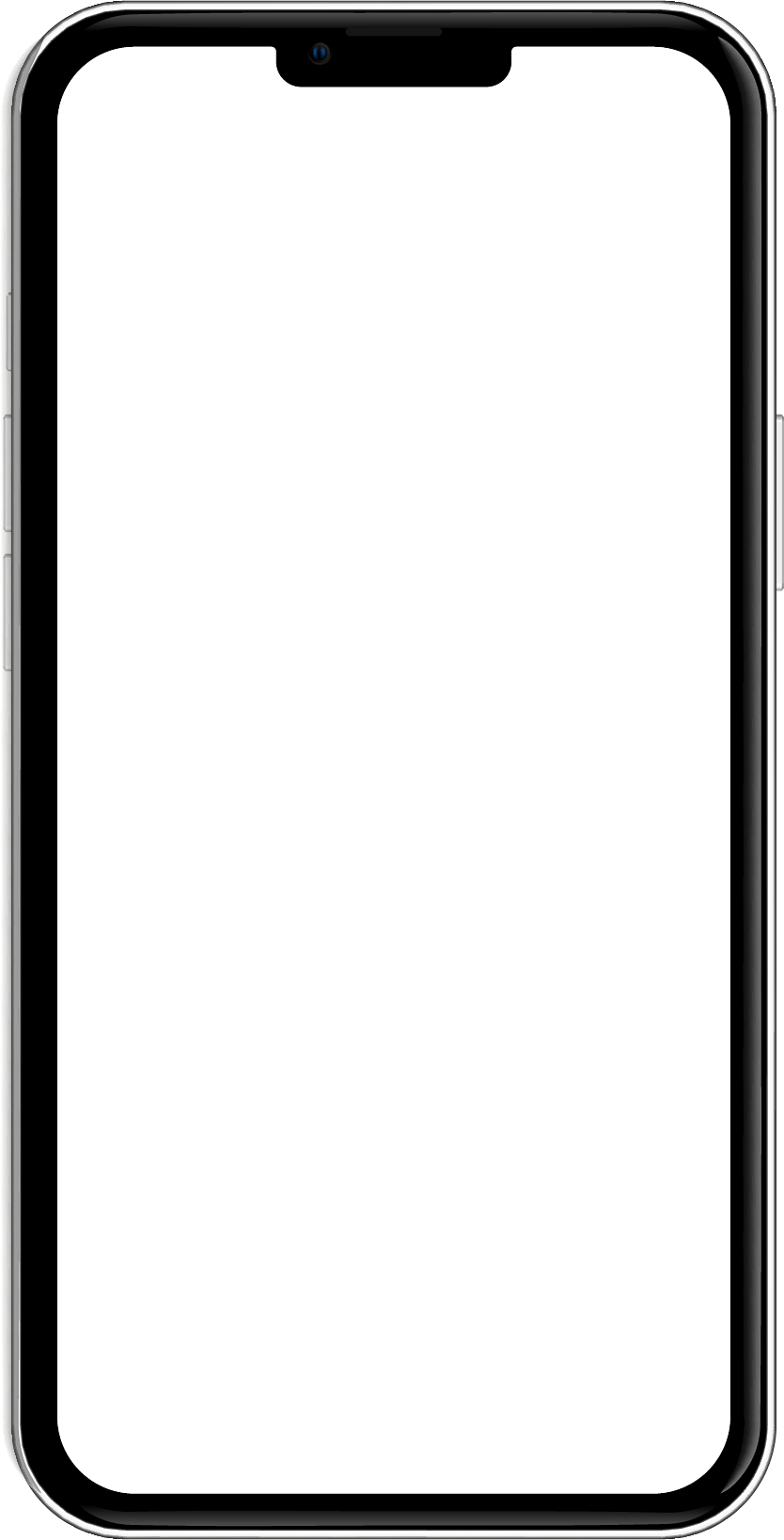
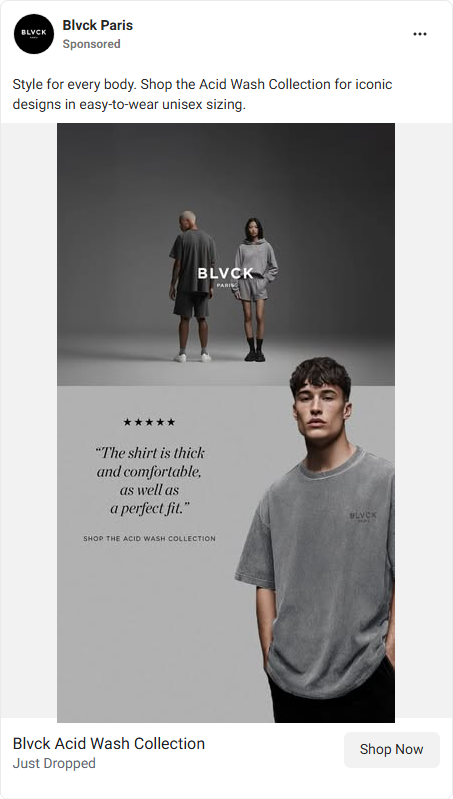
Part 4: Creative That Speaks to the Algorithm
It’s easy to think of ad creative as a human-facing asset—something to stop the scroll, spark curiosity, or make someone laugh. But on Meta, creative isn’t just for people, it’s the front line of your signal strategy. Every click, view, or purchase teaches the algorithm who to find next.
The question is: are you designing ads to generate the right signals, or just making content?
Ad Creative as a Signal Generator
You can have the cleanest Pixel setup, the sharpest structure, and the smartest budget plan, but if your ads don’t drive quality interaction, Meta can’t learn, and that’s a problem.

What makes a “high signal” creative depends on the goal:
- Purchases → Pre-qualify the user with price, product, value proposition, and urgency.
- Leads → Use intent-filtering language: “Book a demo,” “Apply now,” “See if you qualify.”
- Content Views → Use thumb-stopping visuals and curiosity-driven hooks.
Meta doesn’t think in aesthetics. It thinks in outcomes.
The Highest-Converting Ads Don’t Just Look Good—They Work
Most performance gains don’t come from button-color split tests. They come from aligning message, format, and offer.
Contrast that with a generic lifestyle video and vague copy like “Treat yourself to something nice.” You’ll get clicks, but not necessarily from buyers.
Your goal isn’t engagement alone—it’s engagement that aligns with your business outcome.
Example: Promoting a best-selling product that just restocked.
Hook: “Selling out fast—our #1 product is back in stock.”
Value Prop: What it is, who it’s for, and why it matters.
CTA: “Order now before it’s gone again.”
Why Creative Drives Optimization
When your creative drives high-quality actions, Meta finds more people likely to take them. This compounds performance over time.
Every interaction tells Meta something:
🎬 A 15-second video view is a moderate signal.
🙅♂️ A click followed by a bounce is weak.
💪 An add-to-cart and purchase is strong.
Enter the Scroll Mid-Thought
Your ads should feel like content, not interruptions. That means native-feeling creative instead of over-polished assets. Think UGC, lo-fi visuals, voiceovers, and conversational hooks.
Examples:
🤯 “I didn’t believe it at first, but this actually worked…”
🤫 “Here’s what no one tells you about [product/problem]…”
🫣 “I’m not proud of this, but here’s what happened…”
Creative That Matches Funnel Intent

- Cold audiences need education, intrigue, or social proof.
- Warm audiences need offers, trust reinforcement, and benefits.
- Hot audiences need urgency, testimonials, and objection-handling.
Align your creative with the funnel stage, and Meta will respond with stronger performance.
That wraps up this four-part series. I hope it gives you a clearer understanding of how to optimize your Meta ads for your business. If you’d like a free, in-depth audit, feel free to reach out.
